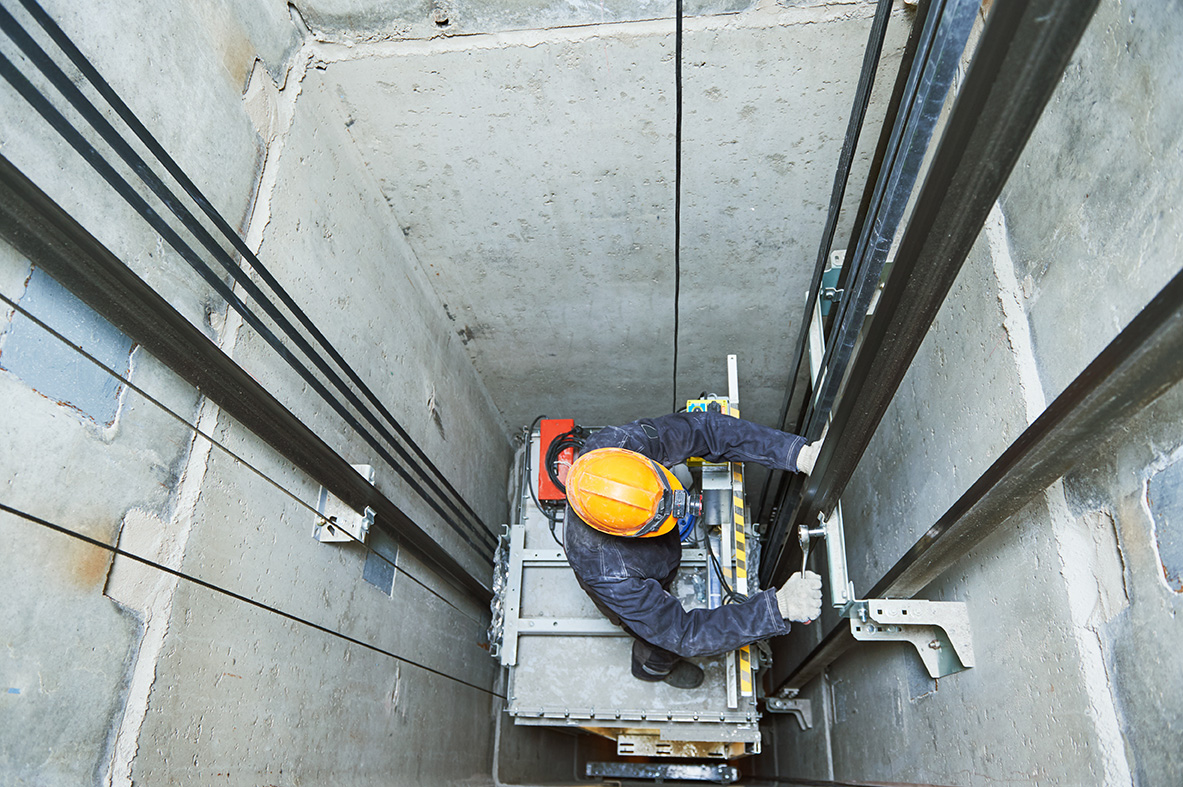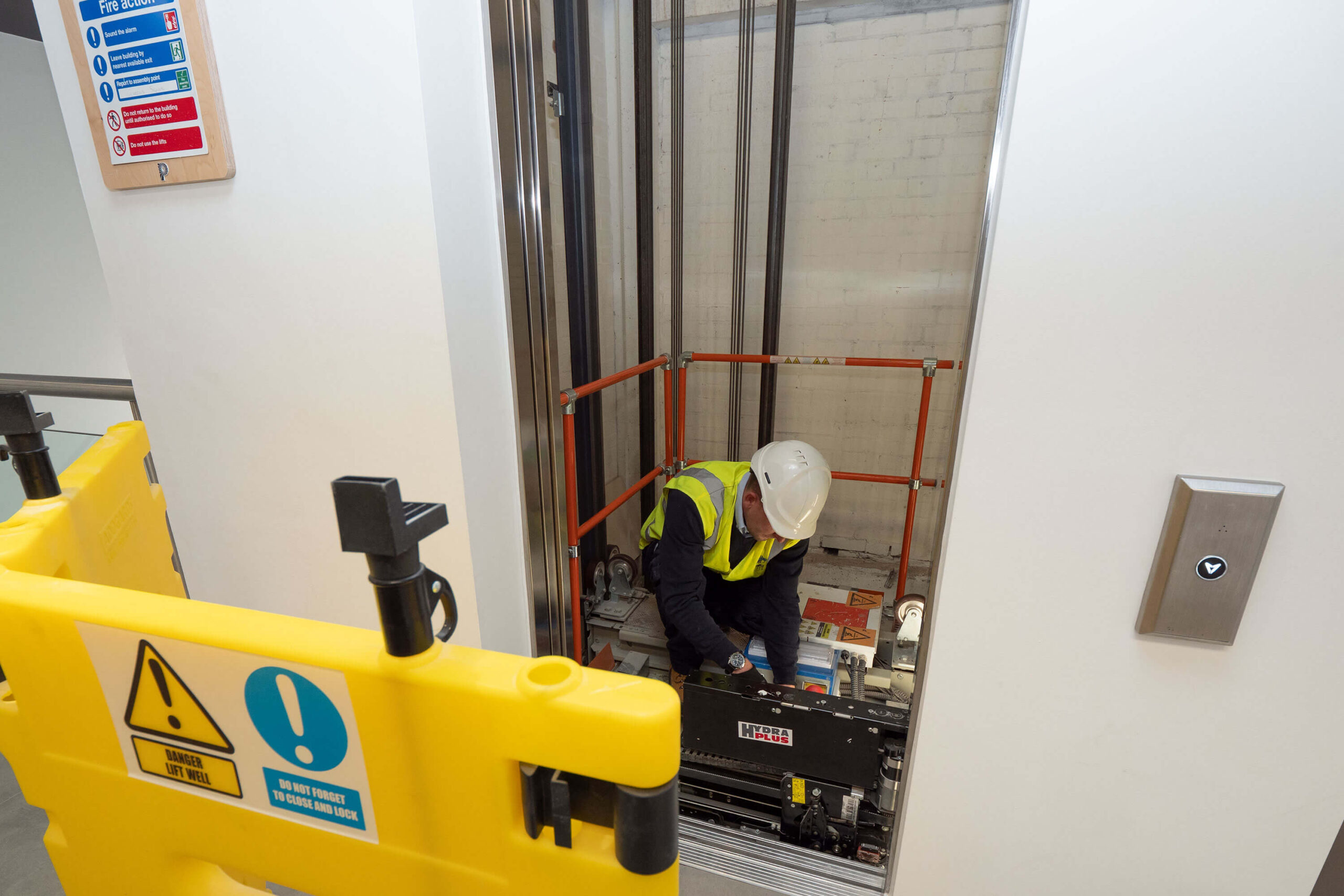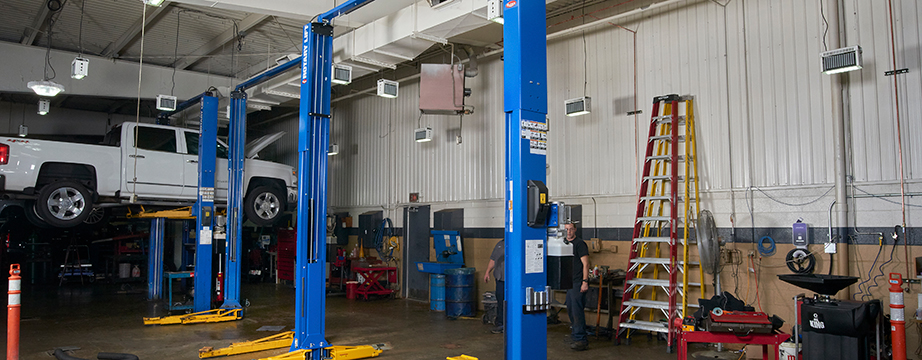Raise Your Service: Selecting Lift Maintenance Services and Repair Companies Near Me
Comprehensive Overview to Lift Equipments and Their Upkeep
Navigating the elaborate globe of elevator systems and their upkeep is a job that requires precision and understanding. From the various kinds of elevator systems being used to the careful adherence to security policies, the maintenance of these vertical transport tools is a complex undertaking. As buildings soar greater and innovation breakthroughs, the demand for an extensive understanding of lift systems ends up being progressively crucial. Join us as we unravel the complexities of lift upkeep, checking out typical problems, ideal methods, and sophisticated modern technologies that form the modern-day landscape of vertical transport.
Kinds of Elevator Equipments
Lift systems been available in different kinds, each designed to suit details structure demands and customer requirements. The most common kinds include hydraulic lifts, grip elevators, machine-room-less lifts, and vacuum cleaner lifts. Hydraulic elevators are perfect for low-rise buildings and utilize a hydraulic piston to move the lift vehicle. Traction lifts, on the other hand, are extra matched for skyscraper structures and use steel ropes and weights to move the vehicle. Machine-room-less lifts are a space-saving alternative as they do not call for a different equipment space for the lift machinery. Vacuum cleaner elevators, a much more contemporary development, use atmospheric pressure differentials to move the cars and truck within a transparent tube.
Each sort of lift system has its own benefits and disadvantages, making it critical for structure proprietors and programmers to carefully consider their specific needs before picking one of the most suitable option. Variables such as constructing height, area accessibility, energy efficiency, and budget plan restraints all play a substantial duty in figuring out the finest elevator system for a certain structure.
Typical Upkeep Issues
Regular upkeep of elevator systems is necessary to guarantee smooth procedure and extend their life expectancy. Despite routine upkeep, lift systems can still experience typical maintenance concerns that require to be promptly dealt with to stop interruptions in solution. One of one of the most frequent issues is door breakdowns. Lift doors may obtain misaligned, bring about concerns with opening and closing appropriately. This can trigger delays and security risks, calling for instant attention from maintenance specialists. One more typical problem is associated to the lift's leveling accuracy. If the elevator does not line up correctly with the floorings, guests may experience tripping risks and discomfort. Furthermore, problems with the control system, such as sensing unit problems or electric problems, can trigger the lift to malfunction or quit working entirely. Normal evaluations and proactive upkeep can help determine and resolve these usual upkeep issues before they rise and influence the general efficiency of the elevator system.
Safety And Security Rules and Conformity
Complying with stringent safety guidelines and making certain compliance with sector standards are critical for maintaining the functional honesty of elevator systems. Elevators go through an extensive set of security policies to secure passengers, upkeep workers, and the basic public. Regulatory bodies such as the Occupational Safety And Security and Health And Wellness Management (OSHA) in the United States and the European Lift Organization (ELA) in Europe establish guidelines that cover numerous aspects of elevator design, operation, upkeep, and setup.
Compliance with these regulations is not only a lawful requirement however also a moral responsibility for structure owners and lift maintenance business. Failure to meet safety standards can lead to fines, legal responsibilities, and, most significantly, jeopardize the safety and security of people using the elevator. Routine examinations, upkeep checks, and adherence to safety and the original source security procedures outlined in the policies are important to make certain the risk-free and effective operation of elevator systems. By focusing on safety laws and conformity, stakeholders can support the trust of the public and alleviate potential threats connected with elevator use.
Best Practices for Maintenance

Building owners need to also take into consideration spending in innovation upgrades to boost the performance and security of their lift systems. By complying with these best practices, elevator systems can operate smoothly and safely, supplying trusted upright transport for passengers.

Advanced Technologies for Efficiency
Executing sophisticated technologies in lift systems can considerably boost functional effectiveness and passenger experience. These systems allow travelers to input their desired floor prior to going into the lift, which after that routes them to the most efficient auto.
Additionally, the combination of clever sensors and anticipating maintenance capabilities has transformed elevator maintenance. These sensors can find possible concerns prior to they escalate, making great site it possible for positive upkeep treatments and decreasing downtime. Additionally, the use of regenerative drives and energy-efficient parts helps reduce power intake and operating expense in lift systems.
Moreover, the execution of cloud-based surveillance and remote diagnostics enables for real-time monitoring of lift efficiency and immediate troubleshooting of any kind of breakdowns. This aggressive method not just boosts system integrity but likewise enhances the general user experience by guaranteeing uninterrupted and smooth elevator procedures.
Verdict
To conclude, recognizing the various types of lift systems, typical upkeep problems, safety laws, best upkeep techniques, and advanced modern technologies for efficiency is critical for ensuring the smooth operation of elevators. By adhering to security policies and have a peek at these guys carrying out best methods for maintenance, building proprietors can prolong the lifespan of their elevator systems and ensure the safety and security of passengers. It is very important to stay upgraded on the most up to date advancements in lift technology to boost efficiency and dependability.
The most typical types include hydraulic lifts, traction elevators, machine-room-less lifts, and vacuum lifts. Hydraulic lifts are ideal for low-rise buildings and use a hydraulic piston to move the lift car. Machine-room-less elevators are a space-saving alternative as they do not require a separate maker space for the lift machinery. Routine evaluations and positive maintenance can assist recognize and solve these common maintenance issues prior to they rise and influence the overall efficiency of the lift system.
